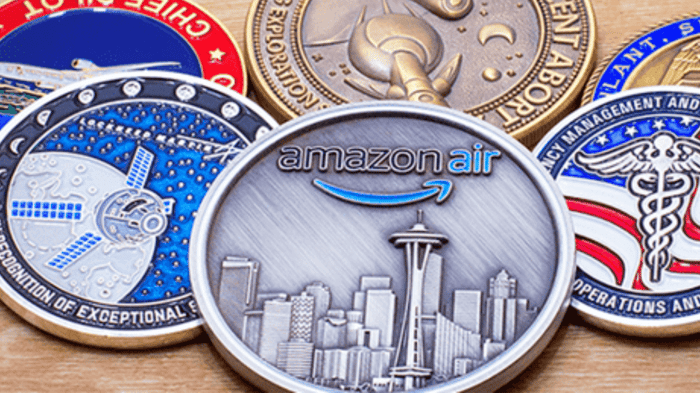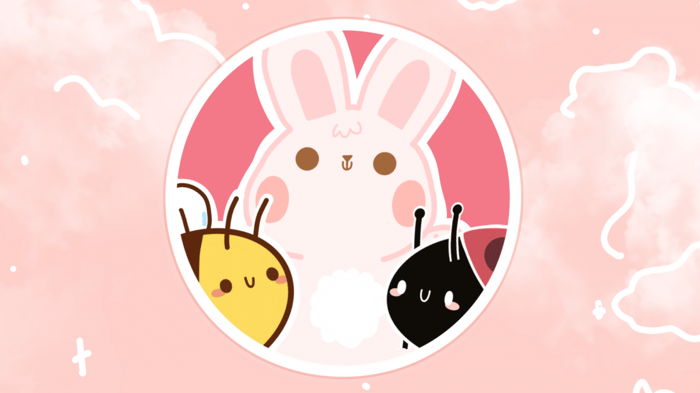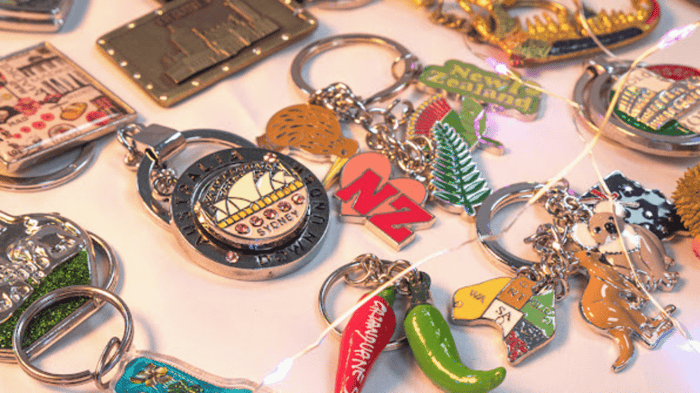For some, coins are amazing collectibles. With their intricate and meaningful details, coins make a great collector’s item. But they’re also shrouded in real tradition; they are given to someone to indicate membership in an organization or group.
Coins have a rich history that dates back to World War I and are still popular today. While they’re often associated with the military, other organizations give out challenge coins too.
On this blog, you will learn the eight easy steps in creating your own custom coin with us
1. Prepare your design
Ai or PNG works best for us to make sure we have a high-quality version of your artwork when creating your mockup. We also accept PDF, PNG, and JPEG files.
What if I can’t design my own artwork?
We’re here to help! Here’s how: Get a pen and paper and sketch your idea for us. It doesn’t have to be perfectly drawn, the purpose of the sketch is for us to get a good understanding of how you want your design to turn out instead of blindly guessing what you want, and would save us time going back and forth with revisions.
Here’s a sample sketch from one of our clients that we turned into a digital artwork

If you want to know more about our free design conversion service, you may read this blog.
2. Decide on the size
Coins can be really small or really big. But if you’ve seen a lot in the wild, you’ll notice that most of them are on a larger scale. The standard size for coins is 1.5” – 1.75”

A helpful factor to consider when deciding on the size is their use. If you see them being on shirts, jackets, and bags, going with the standard size or bigger works. But if you see them being on hats and lanyards, we recommend going with 1.5”-2”
3. Decide on the coin’s thickness
A standard coin is usually 3mm thick and weighs between 1.5 and 1.6 ounces. Increasing the thickness of the design to 4mm will increase the weight by about 33%.
Thicker and heavier coins feel sturdy and have a higher perceived value, making them an even more meaningful gift to any recipient.
4. Choose a coin type
Soft enamel coins
Soft enamel is the most common design style used in challenge coins. It uses raised metal to separate the enamel paint in the recessed areas. This gives the challenge coin a textured finish.

Hard enamel coins
Hard enamel challenge coins are similar to soft enamel challenge coins. However, with hard enamel coins, the enamel and the recessed sections of the coin are made flush with each other. This gives the coin a nice, smooth finish.

Die-Struck Coins
Die-struck challenge coins do not use any enamel paint and feature the look of the metal itself. The design is displayed with the raised and recessed areas of the coin. Many people prefer the look of die-struck coins. The raised sections of your design are typically polished, while the recessed areas feature a sandblasted finish.

3D coin
3-D coins create the look that the artwork has been sculpted into the coin. The metal is raised and lowered at an infinite number of levels and the corners of objects can be curved and sloped.

5. Decide on your plating
Polished Plating
Polished plating options are created using an electroplating process that creates a permanent chemical bond between the plating and the base metal. It may come in gold, silver, and copper.
Antique Plating
Antique plating is not reflective. With antique plating, your design will have a darker finish in the recessed areas which makes it an ideal plating for designs with many intricate details. It may come in gold, copper, brass, silver, or nickel.

Rainbow Plating
Rainbow plating is a unique and beautiful plating choice that shifts color when you view it from different angles.

6. Choose an edge finish
There are different designs that you can select for the coin’s edge. This includes the standard flat, rope, chain, spur, bevel, scallop, crosscut, oblique line, and reeded. You may choose your edge finish on your quote form or tell your account manager about your choice.
7. Choose a surface treatment
A unique feature of custom coins is its surface treatments that could give your product’s aesthetic various looks from futuristic to old-world! We offer the following surface treatments: smooth, mesh, sandblasted, brush, and electro-discharge. You may choose your edge finish on your quote form or tell your account manager about your choice.
8. Contact our team
The easiest way to get started is to get in touch with our team about your idea through these links:
Our social links:





